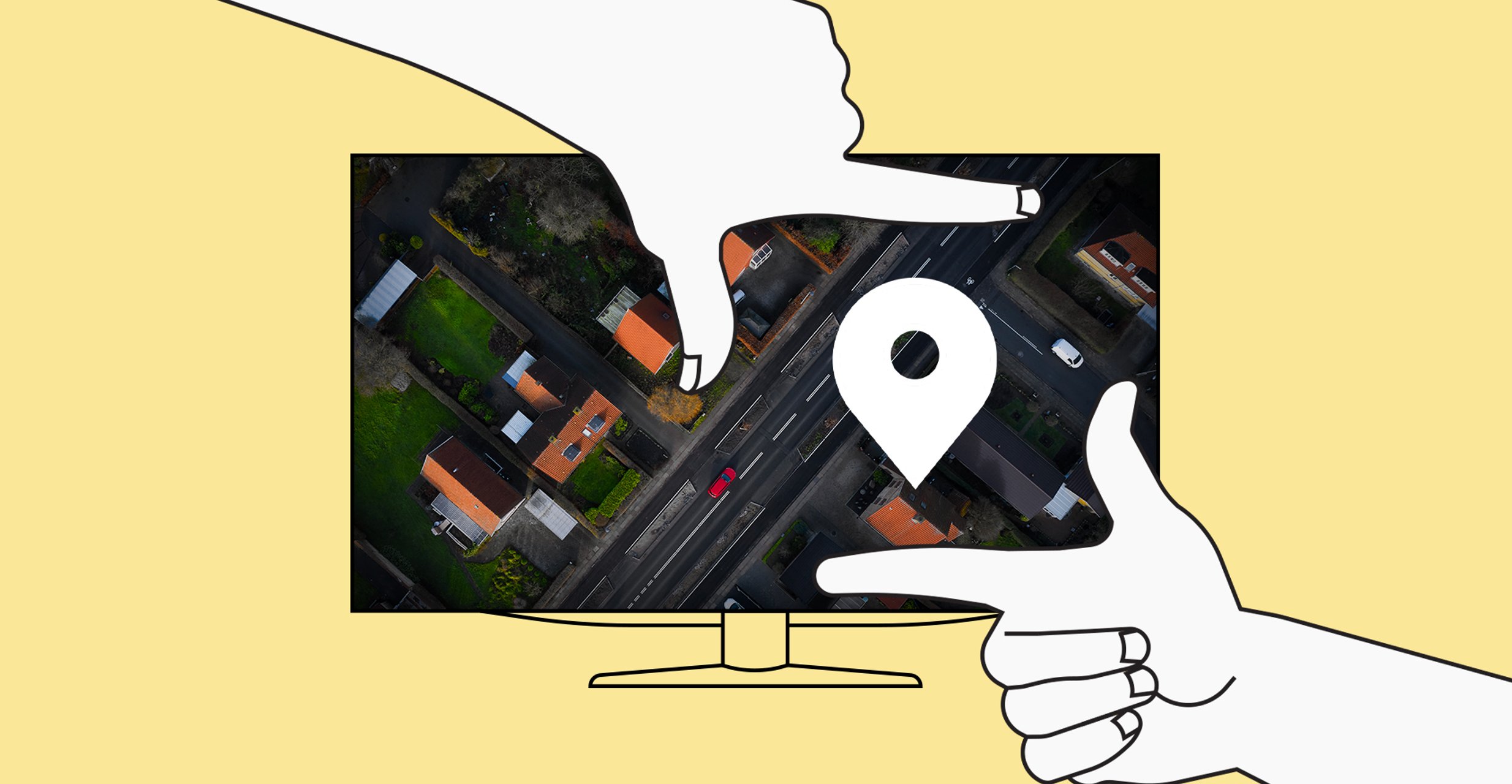Resources Connected TV
A guide to reaching sports fans with decisioned media

Select your country or region to see content tailored to your country.
Recruiting fraud is a growing issue for many companies.
The Trade Desk takes this issue seriously and is taking steps to address it.
Connected TV
Addressability and decisioning are critical to helping you get the most of your Connected TV (CTV) advertising – enabling you to reach target audiences based on what matters most to your brand. To do this, you need identifiers that will connect households across CTV’s fragmented landscape. Learn how our latest CTV solutions on The Trade Desk’s platform make this possible.

As audiences continue to flock to streaming services to get their entertainment fix, there’s more fragmentation across the TV landscape than ever before. That’s great for TV lovers who are now spoilt for choice, but a challenge for marketers striving to reach their intended audiences across multiple devices and channels.
While traditional – or linear – TV offers mass reach with simple demographic targeting, it lacks the precision that marketers crave. Connected TV (CTV), on the other hand, opens a world of opportunity, enabling you to identify, reach, and connect with households using a more fine-tuned, targeted approach. This precision is another win for viewers, who get to see ads that are more relevant to them. But what about scale?
That’s where our latest CTV solutions come into their own.
First, let’s look at why addressability in CTV is important.
To get the most out of your media spend, you need to take advantage of decisioning – using data to pay the right price on every impression. Decisioning allows you to target audiences based on the criteria that matter to your brand. To do this, you must rely on identifiers to connect a household across CTV’s fragmented landscape.
Now, while consistent device IDs and standards are still being solved in programmatic advertising, we’ve developed two solutions for addressability on CTV.
The first is our household graph, a robust identity solution that offers precision household targeting across EMEA. The second, ID-less solution – which can solve addressability while delivering additional scale on CTV – is our Geo-Interest Expansion.
Geo-Interest Expansion allows you to target geographic areas that index highly for interests. So, if you want to reach anyone, from cat lovers to whiskey drinkers to extreme sport enthusiasts, well, now you can. Whatever your audience criteria, our platform will discover where to find them, in an ID-less and highly scaled way.
For optimal results, it’s best to use the two strategies together. The household graph is the precision piece of the pie, offering one-to-one household-level targeting, while Geo-Interest Expansion typically offers the highest reach through targeting relevant users more broadly. When used together, you can get the best of addressability on CTV without compromising scale.
While advertisers can use CTV to reach an individual household, geo-interest expansion works slightly differently. This targeting strategy is based on audience segments built around interests.
Even with Connected TV’s fragmented landscape, effective targeting is more of an opportunity than a challenge. With The Trade Desk’s solutions, you can reach the right audience and work towards reaching households at scale.
To get started with Geo-Interest Expansion, reach out to your account manager today.
Resources Connected TV

Resources Connected TV

Resources Data and measurement
